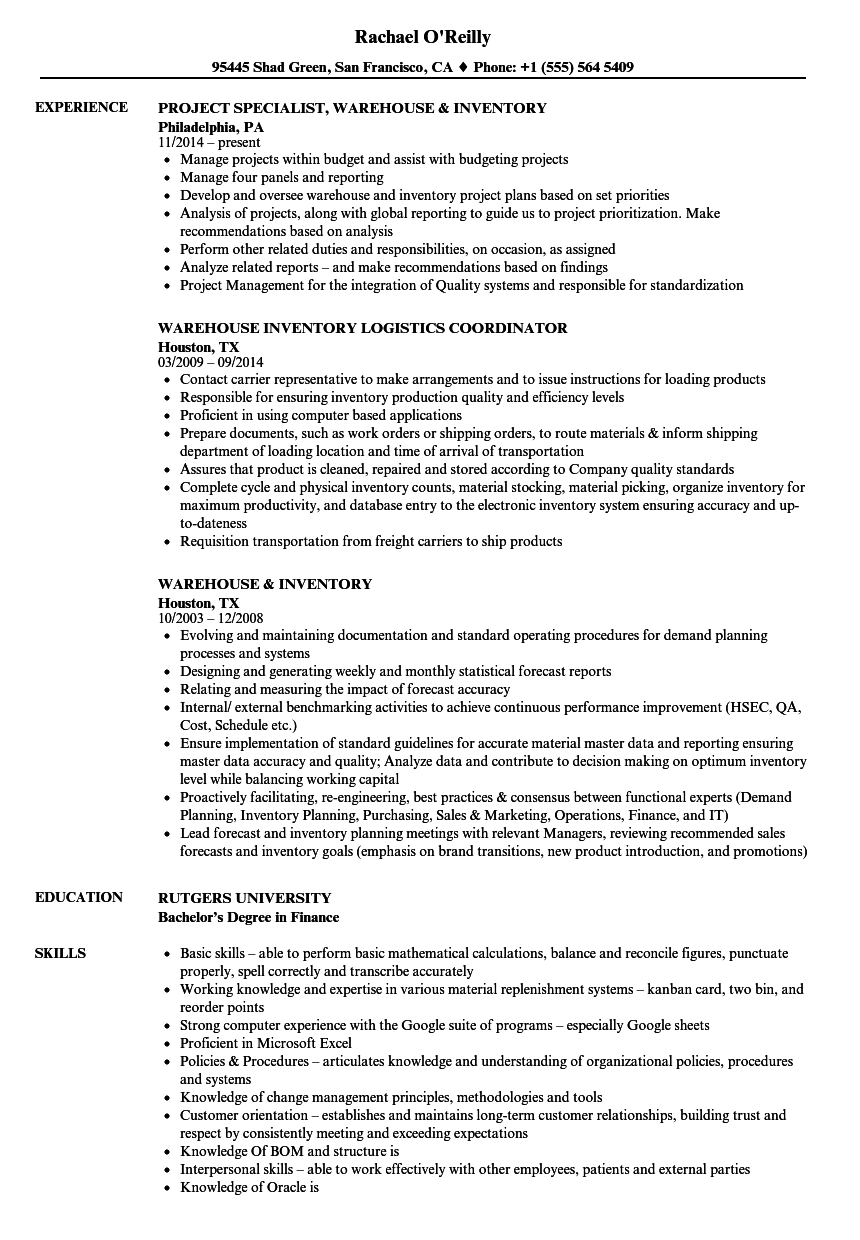
Tertiary packing is bulk packaging for transport. Secondary packing is the packaging of the finished good and can include labels or SKU information. Primary packing protects the product and makes it usable. There are three types of packing materials. MRO is inventory - often in the form of supplies - that supports making a product or the maintenance of a business. Maintenance, Repair and Operations (MRO) Goods: WIP inventory refers to items in production and includes raw materials or components, labor, overhead and even packing materials.įinished goods are items that are ready to sell. When the product is completed, the raw materials are typically unrecognizable from their original form, such as oil used to create shampoo.Ĭomponents are like raw materials in that they are the materials a company uses to create and finish products, except that they remain recognizable when the product is completed, such as a screw. Raw materials are the materials a company uses to create and finish products. However, the main categories can be broken down even further to help companies manage their inventory more accurately and efficiently. These four main categories help businesses classify and track items that are in stock or that they might need in the future.

There are four different top-level inventory types: raw materials, work-in-progress (WIP), merchandise and supplies, and finished goods.

Having this information on hand can improve customer relations, cash flow and profitability while also decreasing the amount of money lost to wasted inventory, stockouts and re-stocking delays. Understanding purchasing trends and the rates at which items sell determines how often companies need to restock inventory and which items are prioritized for re-purchase. Although inventory can be described and classified in numerous ways, it’s ultimately its management that directly affects an organization’s order fulfillment capabilities.įor example, in keeping track of raw materials, safety stock, finished goods or even packing materials, businesses are collecting crucial data that influences their future purchasing and fulfillment operations. Insights gained from inventory evaluations are necessary for success as they help companies make smarter and more cost-efficient business decisions.Īn organization’s inventory, which is often described as the step between manufacturing and order fulfillment, is central to all its business operations as it often serves as a primary source of revenue generation.

Inventory, which describes any goods that are ready for purchase, directly affects an organization’s financial health and prosperity.East, Nordics and Other Regions (opens in new tab)


 0 kommentar(er)
0 kommentar(er)
